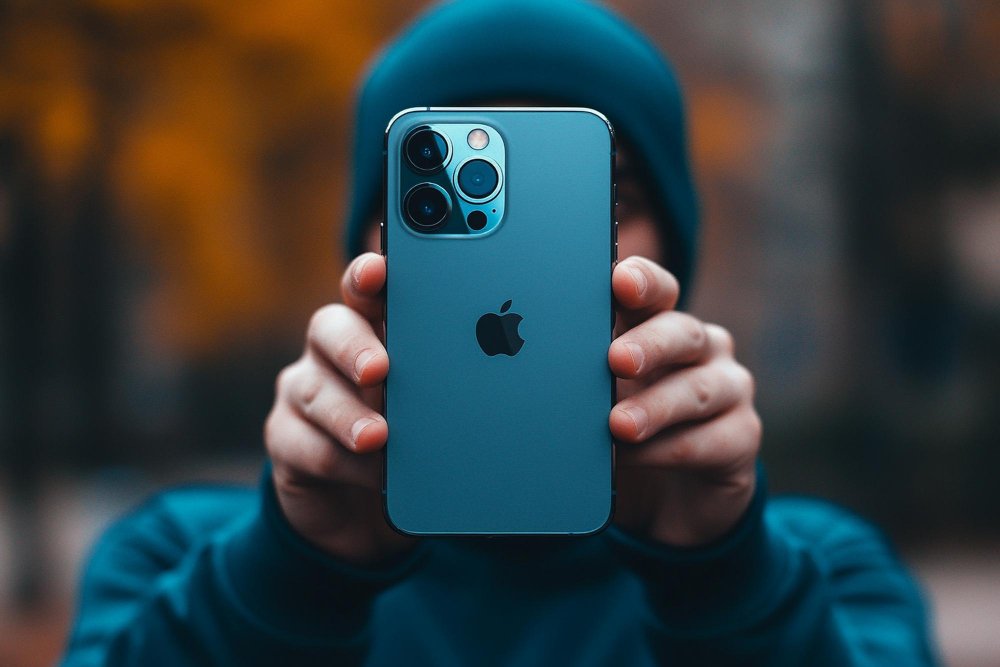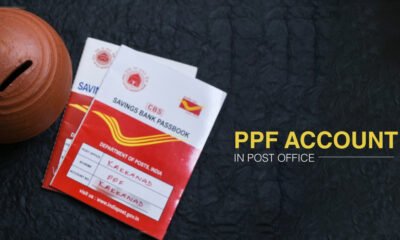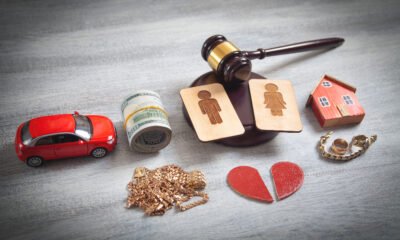Gadgets
Tech Tips: How to Identify if Your New iPhone is Genuine or Fake
 iPhones are some of the most popular smartphones globally, known for their cutting-edge features and premium quality. For many, owning an iPhone is also a symbol of status. According to Statista, Apple generated approximately $39 billion in revenue from iPhone sales in the third quarter of 2024 alone. However, the high demand has also led to a surge in counterfeit iPhones, which are often difficult to distinguish from the real ones. While buying directly from an Apple Store guarantees authenticity, purchasing from unauthorized sellers or entrusting repairs to unverified shops could leave you vulnerable to receiving fake devices or having your genuine phone swapped during repairs.
iPhones are some of the most popular smartphones globally, known for their cutting-edge features and premium quality. For many, owning an iPhone is also a symbol of status. According to Statista, Apple generated approximately $39 billion in revenue from iPhone sales in the third quarter of 2024 alone. However, the high demand has also led to a surge in counterfeit iPhones, which are often difficult to distinguish from the real ones. While buying directly from an Apple Store guarantees authenticity, purchasing from unauthorized sellers or entrusting repairs to unverified shops could leave you vulnerable to receiving fake devices or having your genuine phone swapped during repairs.
As festive season sales approach, the risk of encountering counterfeit products increases. Whether you’re purchasing a new or refurbished iPhone or just want to verify your current device, here are some tips to help you identify if your iPhone is genuine or fake.
1. Inspect the Packaging and Accessories
Apple is renowned for its attention to detail, even in its packaging. Authentic iPhones come in sturdy, high-quality boxes with sharp images and precise text. The accessories inside, such as the charging cable, should match Apple’s standards. If you spot poorly printed images, loose packaging, or accessories that don’t look like Apple’s, it’s a warning sign that your iPhone may be fake.
2. Verify the Serial Number and IMEI
Every iPhone has a unique serial number and International Mobile Equipment Identity (IMEI) number. To check your iPhone’s serial number, navigate to Settings > General > About. You can then go to Apple’s Check Coverage page, enter the serial number, and see if the details match your device. For the IMEI number, dial *#06# on your iPhone and compare it with the IMEI printed on the box and the SIM tray. All these numbers should match perfectly.
3. Check the iPhone’s Build Quality
A genuine iPhone is built with precision and feels sturdy in your hand. When you hold it, it should feel solid with no loose parts. The buttons should click smoothly, and the Apple logo on the back should be perfectly aligned and seamless. Counterfeit iPhones often have flaws in the build, such as rough edges, misaligned logos, or loose buttons. You can also remove the SIM tray to inspect the slot for any signs of poor craftsmanship. A magnifying glass can help you spot any fine imperfections that could signal a fake.
4. Examine the Software and Features
One of the easiest ways to identify a fake iPhone is by checking the software. Authentic iPhones run on Apple’s iOS operating system. To check this, go to Settings > General > Software Update to see if your device is running the latest version of iOS. Some fake iPhones use Android software disguised to look like iOS, so this is a key step. Additionally, try activating Siri by holding down the power button or saying “Hey Siri.” If Siri doesn’t respond, there’s a chance the phone is not authentic.
5. Visit an Apple Service Centre
If you’re still uncertain about your iPhone’s authenticity after these checks, the safest option is to visit an authorized Apple service center. The experts there can run a thorough inspection and confirm whether your iPhone is genuine.
By following these tips, you can confidently ensure that your iPhone is the real deal and avoid falling victim to counterfeit scams.
-

 Money3 weeks ago
Money3 weeks agoPost Office PPF Calculator: How Much Will You Get by Investing Rs 1,000, 5,000, and 10,000 Monthly for 15 Years?
-

 Health3 weeks ago
Health3 weeks agoSoaked vs. Raw Almonds: The Healthier Choice for Weight Loss & Wellness
-

 Health2 weeks ago
Health2 weeks agoHealth Benefits of Curry Leaves: A Nutritional Powerhouse for Wellness
-

 Money3 days ago
Money3 days ago7 Key Benefits of Hiring a Financial Advisor-Even If You’re Financially Secure
-

 Health3 weeks ago
Health3 weeks agoMorning Walk or Evening Run: Which Is Better for Heart Health?
-

 Money2 weeks ago
Money2 weeks agoDividend Yield Funds: Why Should You Invest in Them? Key Advantages Explained
-

 Money3 days ago
Money3 days agoMoney After Divorce: How Courts Calculate Alimony
-

 Money1 week ago
Money1 week agoNew Stocks or Old Multibaggers: Where to Invest After a Bear Market?

















